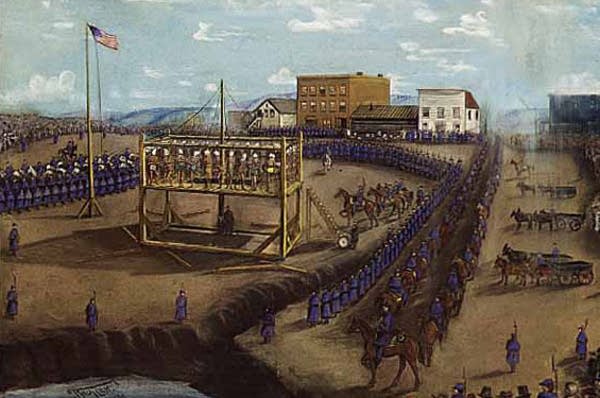The Dakota War through a Minnesotan's eyes
Go Deeper.
Create an account or log in to save stories.
Like this?
Thanks for liking this story! We have added it to a list of your favorite stories.

By John Biewen
MANKATO, Minn. - It was 150 years ago this month that one of the most noteworthy and disturbing events in Minnesota history occurred -- the hanging of 38 Dakota men in Mankato. It was the largest mass execution in U.S. history.
The hangings on Dec. 26, 1862 were an exclamation point on the U.S.-Dakota War - long known as the Sioux Uprising -- that raged that summer in the Minnesota River Valley. It was one of the major events in the Plains Indian Wars.
The death toll was higher than those at Little Big Horn or Wounded Knee. Hundreds, up to 1,000 people died in the war -- most of them white settlers. The federal government's response to the war included the expulsion of the Dakota people from the state under conditions that caused hundreds of Dakota to lose their lives.
Turn Up Your Support
MPR News helps you turn down the noise and build shared understanding. Turn up your support for this public resource and keep trusted journalism accessible to all.
During this anniversary year, we've looked at the events of 1862 from a variety of angles. Now we hear the story from the perspective of a Mankato native -- longtime public radio producer John Biewen. John worked for Minnesota Public Radio for many years.
Though he grew up in Mankato, he heard next to nothing about the U.S.-Dakota War during his childhood there. Over the past year, John traveled southern Minnesota to places where key events occurred, so he could explore what happened in all its complexity.
He also looks at the shifting ways in which Minnesotans have told themselves the story of the Dakota War over the years -- or have not.
Part 2: Mankato's history largely hidden >>>




